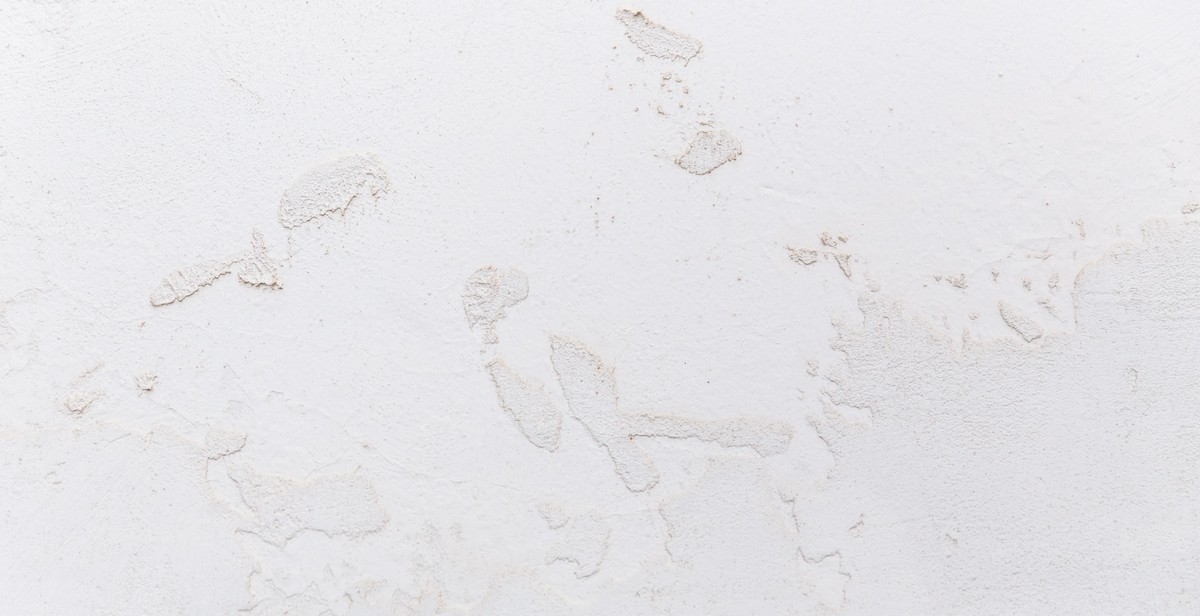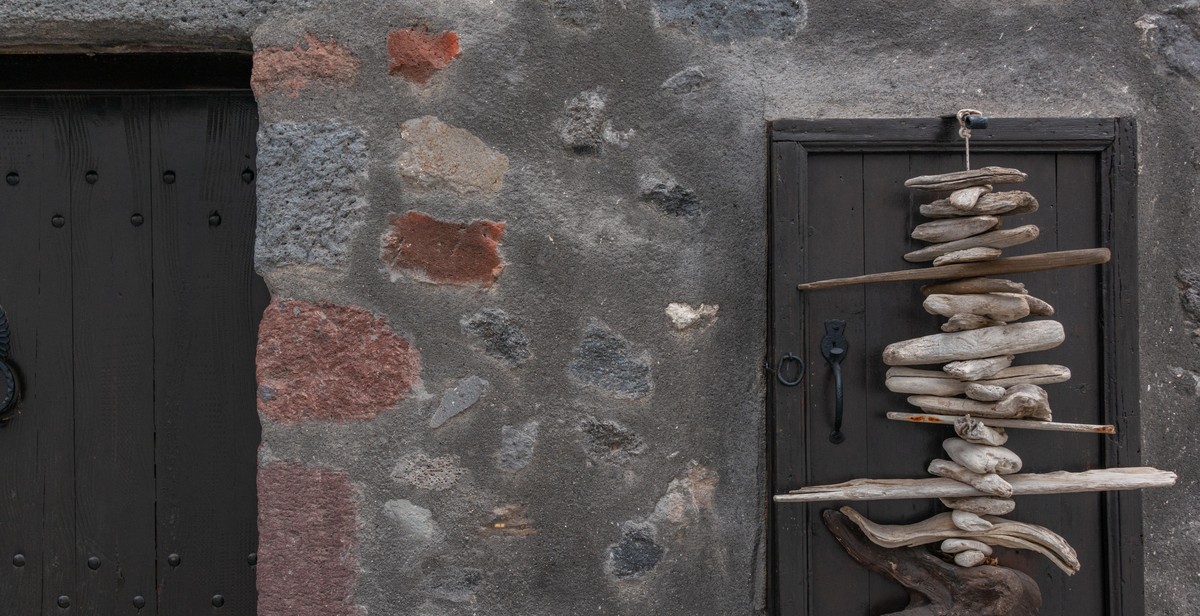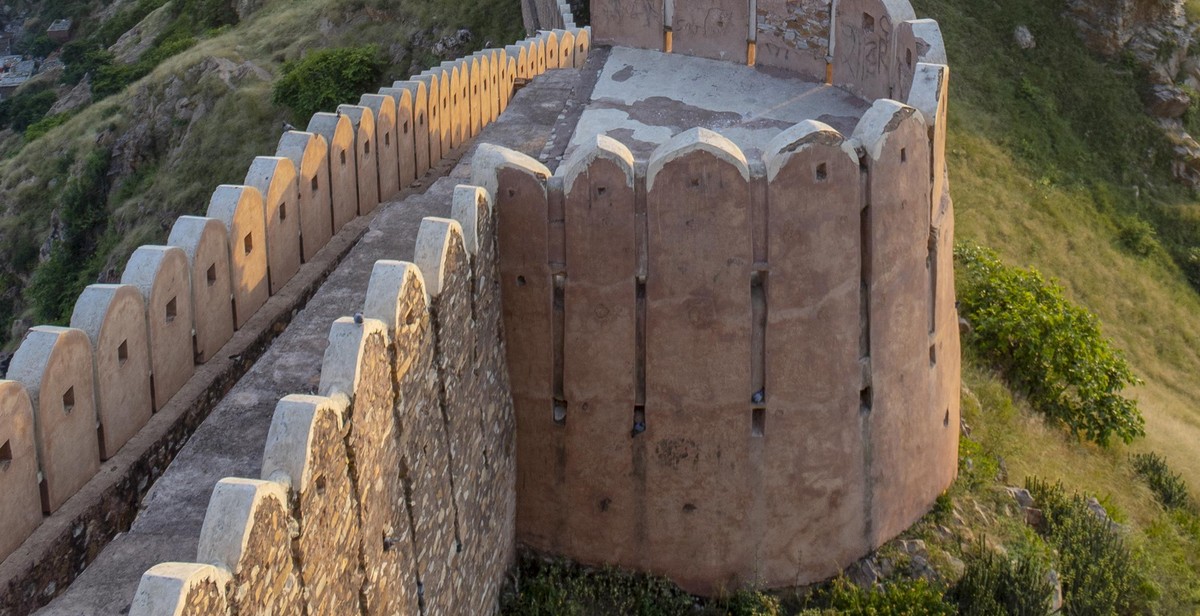Introduction: How to Construct a Stone Wall for Landscape Definition
If you’re looking to add definition and character to your outdoor space, a stone wall can be a great addition. Not only does it provide visual interest, but it can also serve as a functional barrier or retaining wall.
However, constructing a stone wall can seem like a daunting task, especially if you’re not experienced in masonry work. But with the right materials, tools, and techniques, it’s a project that can be completed by most DIY enthusiasts.
Benefits of a Stone Wall
There are several benefits to adding a stone wall to your landscape, including:
- Increased visual appeal and definition
- Added property value
- Functional use as a barrier or retaining wall
- Natural and timeless look that complements any outdoor space
Materials Needed
The materials you’ll need to construct a stone wall will depend on the size and scope of your project. However, some general materials include:
- Stone or rock
- Mortar or cement
- Gravel or crushed stone
- Level
- Trowel
- Hammer and chisel
With the right materials and techniques, you can create a beautiful and functional stone wall that will enhance the look and value of your outdoor space.

Materials Needed
Basic Materials
For constructing a stone wall for landscape definition, the following basic materials are needed:
| Material | Quantity |
|---|---|
| Stones or boulders | Depends on the size and height of the wall |
| Gravel or crushed stone | Depends on the size and height of the wall |
| Shovel | 1 |
| Rake | 1 |
| Level | 1 |
| Tape measure | 1 |
| String or chalk line | 1 |
| Masonry hammer | 1 |
| Masonry chisel | 1 |
| Masonry saw or angle grinder | 1 |
| Masonry adhesive | Depends on the size and height of the wall |
Optional Materials
Additional materials that can be used for constructing a stone wall for landscape definition are:
- Concrete or mortar mix
- Landscape fabric
- Drainage pipe
- Decorative stone or pebbles
The use of these optional materials depends on the specific needs of the project and personal preference.

Preparing the Site
Choosing the Location
Before you start constructing a stone wall, you need to choose the location carefully. The location should be suitable for the wall, and it should match the overall landscape design. You should also consider the purpose of the wall. Is it for defining a boundary, preventing soil erosion, or simply for aesthetic purposes?
You should also consider the terrain of the site. A sloping site may require a retaining wall, while a flat site may only require a decorative wall. You should also consider the drainage of the site. If the site is prone to waterlogging, you may need to install drainage pipes or channels before constructing the wall.
Preparing the Ground
The ground preparation is crucial for the stability and longevity of the stone wall. You need to remove any vegetation and debris from the site. You should also mark the layout of the wall using stakes and string. This will help you to visualize the wall and ensure that it is straight and level.
Next, you need to excavate the site to a depth of at least 6 inches. This will allow for a stable base for the wall. You should also ensure that the excavation is level. You can use a spirit level to check the levelness of the excavation.
After excavating the site, you need to add a layer of crushed stone or gravel to the base. This will provide a stable foundation for the wall. You should also compact the crushed stone or gravel using a plate compactor or a hand tamper. This will ensure that the base is level and stable.
Once you have prepared the site, you are ready to start constructing the stone wall.

Building the Foundation
Constructing a stone wall is a great way to add definition and character to your landscape. To ensure a sturdy and long-lasting wall, it is essential to build a strong foundation. This section will cover the first three steps in building the foundation of a stone wall: marking the layout, excavating the trench, and laying the gravel base.
Marking the Layout
The first step in building the foundation of a stone wall is to mark the layout. Use stakes and string to outline the area where the wall will be built. Make sure the string is level and straight to ensure the wall will be even.
Excavating the Trench
Once the layout is marked, it’s time to excavate the trench. The trench should be wider than the width of the wall and deep enough to accommodate the first layer of stones, plus an additional 6-8 inches of gravel. Use a shovel or a trenching machine to dig the trench. Make sure the bottom of the trench is level and flat.
Laying the Gravel Base
After the trench is excavated, it’s time to lay the gravel base. Start by adding a layer of gravel to the bottom of the trench. The gravel should be 4-6 inches deep and level. Use a tamper to compact the gravel. Repeat this process until the gravel is level with the top of the trench. The gravel base will provide a stable and level surface for the first layer of stones.

Constructing the Wall
Once you have prepared the area and gathered all the necessary tools and materials, it’s time to start constructing the stone wall. Here are the steps to follow:
Choosing the Stones
Choose stones that are roughly the same size and shape. This will make it easier to lay them in a uniform pattern. You can either purchase stones from a landscaping supplier or gather them from your property. If you decide to gather stones, make sure they are not too large or heavy to lift.
Laying the First Course
Start by laying the first course of stones on the prepared base. Place the stones in a level and straight line, using a level to ensure that they are even. Use a rubber mallet to tap the stones into place and make sure they are firmly set.
Laying the Subsequent Courses
Continue laying subsequent courses of stones, making sure to stagger the joints between stones. This will create a stronger wall. Use smaller stones to fill in gaps and create a more even surface. Again, use a level to ensure that each course is level and straight.
Filling the Joints
Once the wall is built, fill in the joints between stones with mortar or gravel. This will help to stabilize the wall and prevent shifting. Use a trowel to apply the mortar or gravel, making sure to fill in all gaps. Allow the mortar to dry before adding any additional weight to the wall.
| Tools and Materials Needed: |
|---|
| Stones |
| Shovel |
| Rake |
| Tape measure |
| Level |
| Rubber mallet |
| Trowel |
| Mortar or gravel |

Finishing Touches
After building a stone wall for landscape definition, it is essential to add finishing touches that will not only enhance its aesthetic appeal but also ensure its durability.
Capping the Wall
The first step in adding a finishing touch to the stone wall is capping it. Capping the wall involves placing flat stones on top of the wall to protect it from water damage and erosion. The capstone should be wide enough to cover the entire top surface of the wall and extend slightly beyond the edges.
Backfilling
Once the wall is capped, backfilling is the next step. Backfilling involves filling the space behind the wall with soil or gravel. This is done to add stability to the wall and prevent it from leaning or collapsing. The backfill should be added in layers and compacted with a tamper to ensure that it is stable and secure.
Grading
The final step in finishing the stone wall is grading. Grading involves leveling the ground around the wall to create a smooth and even surface. This will not only enhance the wall’s appearance but also prevent water from pooling around the wall, which can cause damage and erosion.
| Finishing Touches Checklist |
|---|
| Capping the Wall |
| Backfilling |
| Grading |
By following these steps, you can ensure that your stone wall is not only beautiful but also durable and long-lasting. With proper care and maintenance, your stone wall can serve as a defining feature in your landscape for many years to come.

Conclusion
Constructing a stone wall is a great way to add definition and character to your landscape. With the right tools and materials, you can create a beautiful and functional stone wall that will last for years to come.
Before you begin, make sure you have a clear plan for your wall. Consider the purpose of the wall, the location, and the style you want to achieve. Take the time to choose the right stones and prepare the site properly.
When building your wall, take care to ensure that each stone is level and secure. Use a backfill material to add stability and prevent erosion. Consider adding drainage to prevent water from building up behind the wall.
Finally, don’t be afraid to get creative with your stone wall. Add curves or other design elements to make it truly unique. With a little bit of effort and imagination, you can create a stone wall that will enhance the beauty and value of your property.
Key Takeaways
- Plan your stone wall carefully, considering the purpose, location, and style.
- Choose the right stones and prepare the site properly.
- Take care to ensure that each stone is level and secure.
- Add backfill material and drainage to prevent erosion and water buildup.
- Get creative with your design to make your stone wall truly unique.
Additional Resources
For more information on building stone walls and other landscaping projects, check out these helpful resources:
